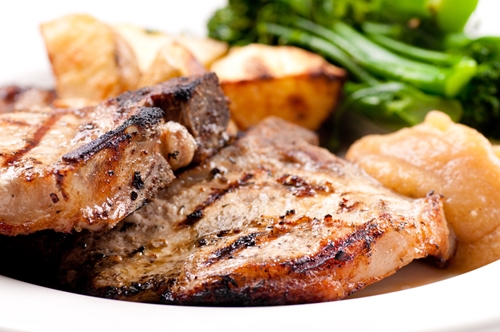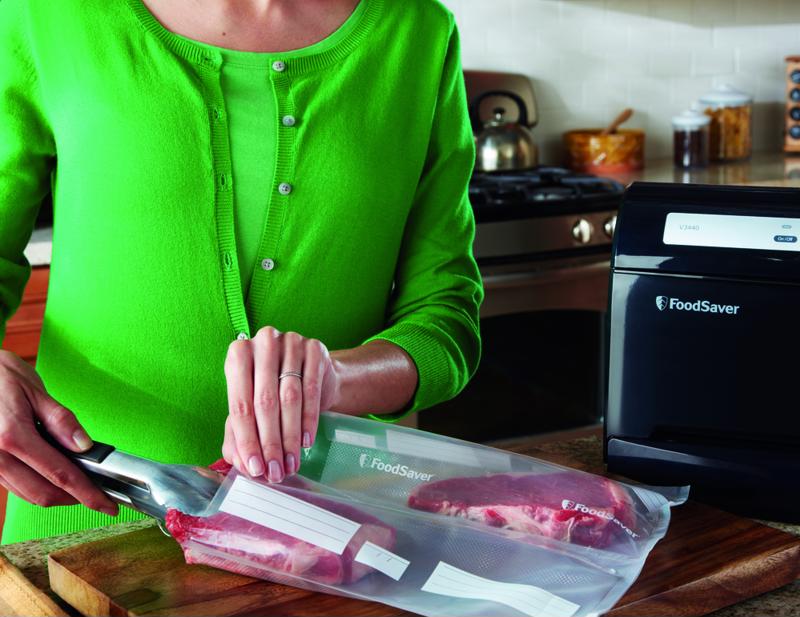
Safely Thaw Your Meat
- Less Food Waste
- 03/16/17
- Share
If you're an avid FoodSaver® FM5460 2-in-1 Food Preservation System user, you probably have a freezer full of meat waiting to be thawed and enjoyed. This could be because you stocked up on a great sale at the supermarket or had a successful hunting season. While vacuum sealing is the ultimate way to protect your meat from freezer burn and spoilage in the fridge, you don't want your efforts to go to waste by thawing your meat incorrectly. Temperatures between 41 and 135 degrees Fahrenheit are where bacteria can spoil your meat, so you need to keep it out of that range as much as possible. Here are some tips to make sure your meat is kept safe while thawing:

Keep It in the Refrigerator
The safest method of thawing is to plan ahead. If you plan to prepare a cut of meat, you'll want ample time to allow it to thaw in the refrigerator. Most of the time, a full 24 hours will be enough time for a cut of meat to thaw, unless it's a large roast or turkey. Keep your meat in its vacuum-sealed packaging and put it on a plate to thaw in the refrigerator so the ice on the outside of the packaging doesn't drip onto the rest of your food!
"Submerge your vacuum sealed meat in cold water."
Use a Bowl of Water
If you're in a bind, you can speed up the thawing process by submerging the vacuum sealed bag in a bowl of cold water. Check it every few minutes and change the water each time it starts feeling warm. Some will swear by using warm or even hot water, but doing this raises your risk of spoiling the meat and it doesn't cut enough time off to be worth it! Thawing in cold water will take anywhere from a half hour to an hour, while still keeping the meat safe. This is also a good option if your meat isn't completely thawed after sitting in the refrigerator. It gives the cut a little extra push, and it'll be ready to cook!
If You Thaw More Than You Need
The great thing about thawing your meat in the refrigerator or any other safe method is the fact that if it turns out that you defrosted too much, you'll be able to put the extra right back in the freezer to be frozen again. However, you might experience a slight loss of flavor. To avoid having to thaw a large batch of meat at once, opt for FoodSaver®'s custom-sized rolls or Portion Pouches. You can freeze single servings on their own to be taken out of the freezer at your leisure as opposed to having to freeze large portions all together.
Don't Put Frozen Meat in the Slow Cooker
You might be tempted to place the meat straight from your freezer into a slow cooker, especially if you're running late for work in the morning. Though many people think this is a way to simply thaw their meat and cook it at the same time, it's not a safe method to do so. The slow cooker cooks the meat slowly, so your frozen cuts of meat will be kept between 41 and 135 degrees Fahrenheit far too long to be considered safe, especially if you're putting a roast or other large cut in there. Though it will cook, this is not a recommended approach.



